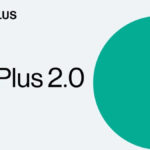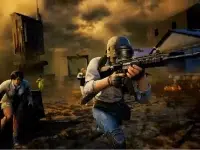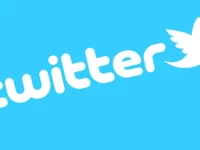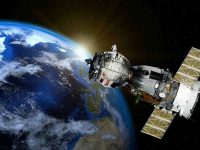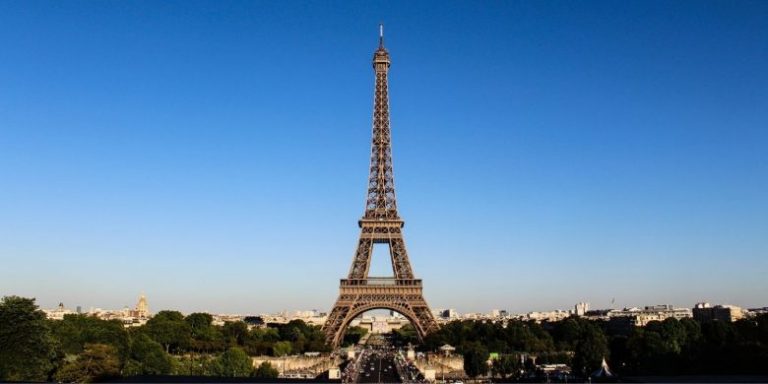The Eiffel Tower is one of the most well-known architectural structures in the world.
It is a national symbol of France, attracting millions of visitors to Paris each year.
Have you ever pondered why anything was built so high? Or who created it?
Here are 12 fascinating facts about the Eiffel Tower that will captivate you with its fascinating past.
#1.For 41 years, it was the world’s highest man-made structure.
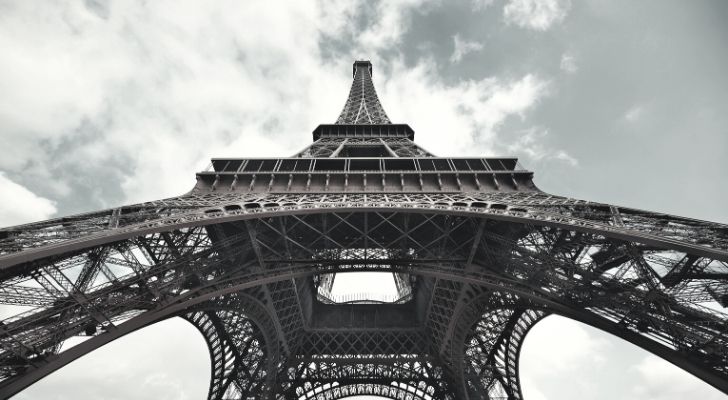
The Eiffel Tower is a magnificent 1,024 feet (312 meters) tall structure.
The Eiffel Tower became the world’s tallest man-made building when it was completed on March 31, 1889.
The Chrysler Building in New York, which was completed 41 years later, surpassed the height of the Eiffel Tower.
The Eiffel Tower was given an antenna, which increased its height to 1,063 feet (324 meters), allowing it to surpass the Chrysler Building once more.
Other structures were soon built in the United States, relegating the Eiffel Tower to second place.
Despite becoming the world’s second tallest skyscraper at the time, the Eiffel Tower remained France’s tallest until 1973.
This was the year that a military transmitter was erected that was taller than the Eiffel Tower.
Apart from military transmitters and a viaduct, the Eiffel Tower is still one of France’s biggest constructions as of 2021.
#2.Inside the tower, there is an apartment!
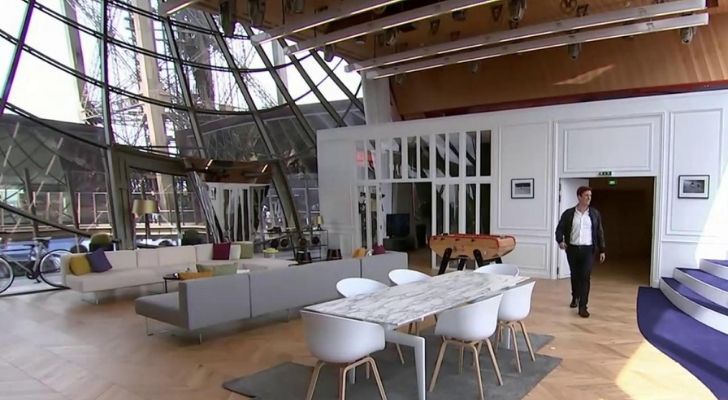
There is a secret apartment on the third story of the Eiffel Tower.
Despite the fact that Gustave Eiffel did not design the tower, he had a say in what should be included.
One of the features was that he had his own private apartment within the tower, complete with a living room, bathroom, kitchen, and separate toilet.
He used it to accommodate guests like Thomas Edison, and he was frequently approached by wealthy Parisians interested in renting the apartment from him.
The apartment is open to the public as a museum room, with wax figures of Gustave Eiffel and Thomas Edison on display.
#3. The Eiffel Tower was only planned to be built for a period of 20 years.
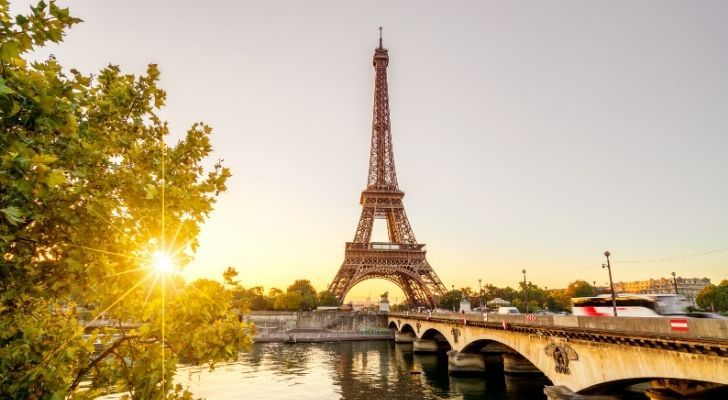
Eiffel created the Eiffel Tower to mark the 100th anniversary of the French Revolution.
It was entered in the Universal Exposition, often known as the World Fair.
The tower was supposed to stay up for 20 years and then be disassembled once the fair was ended and people’s curiosity had waned, but it didn’t.
Because of its height and potential as a transmission tower, the tower drew a lot of scientific attention.
As a result, the tower survived and became a key radio transmission component.
In 1925, the Eiffel Tower broadcasted the first public radio program.
#4. The Eiffel Tower used to have a post office.
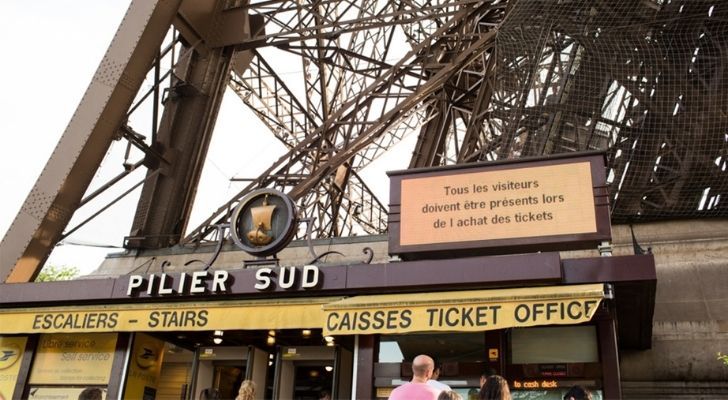
There used to be a little post office on the first floor of the Eiffel Tower.
Unfortunately, it is no longer available, but you could send postcards and messages from the Eiffel Tower back in the day.
The innovation allowed tourists to send postcards home from the tower to friends and family.
As letters and postcards were sent from there to their final destination, they were given a distinctive Eiffel Tower stamp.
This post box was used to send the first-ever French illustrated postcard of the Eiffel Tower, which was printed on-site.
#5. The Eiffel Tower was once yellow.
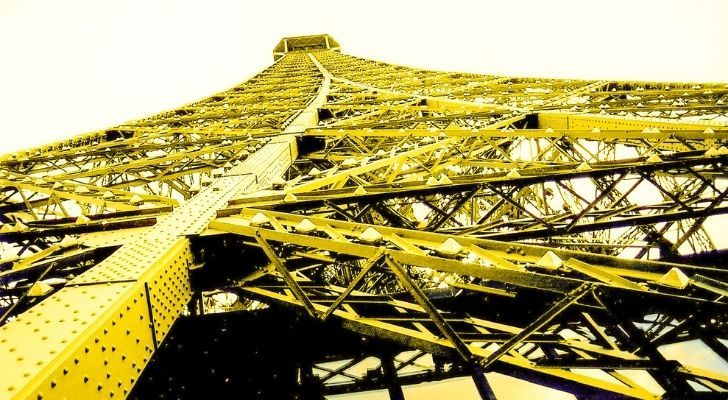
The Eiffel Tower has been painted a variety of hues over the years to keep up with Parisian fashion trends.
The Eiffel Tower had originally had a red/brown tint when it initially opened in 1889.
After ten years, a yellow coat of paint was applied, resulting in a yellow/brown tint.
Before being painted the hue it is now, the Eiffel Tower was a chestnut brown.
The Eiffel Tower’s current hue is Eiffel Tower Brown, a paint that was specially created in 1968.
Every seven years, the Eiffel Tower is repainted, requiring approximately 60 tonnes (61099 litres) of paint.
#6. There is a bunker under the Eiffel Tower.
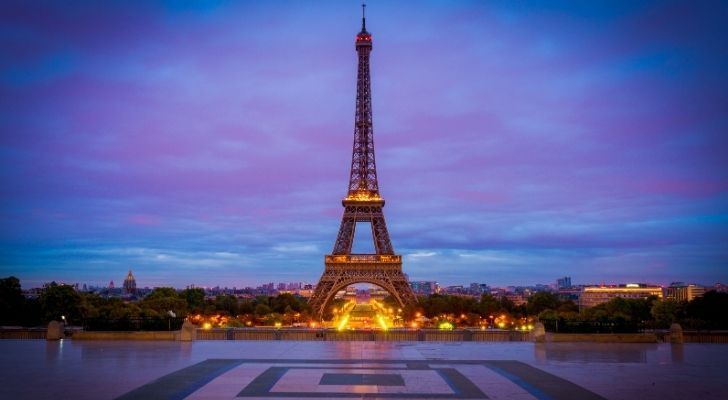
A historic military bunker can be found beneath the Eiffel Tower’s south pillar.
According to legend, the bunker was built with a hidden tunnel connecting it to the Ecole Militaire in Paris.
The bunker is open to small groups for pre-booked excursions, despite the fact that it is still a bit of a mystery to the general public.
Part of it has been turned into a museum where people may learn more about the Eiffel Tower.
It includes rare images from the early stages of the Eiffel Tower’s construction.
#7. The weather has an impact on the Eiffel Tower’s appearance.
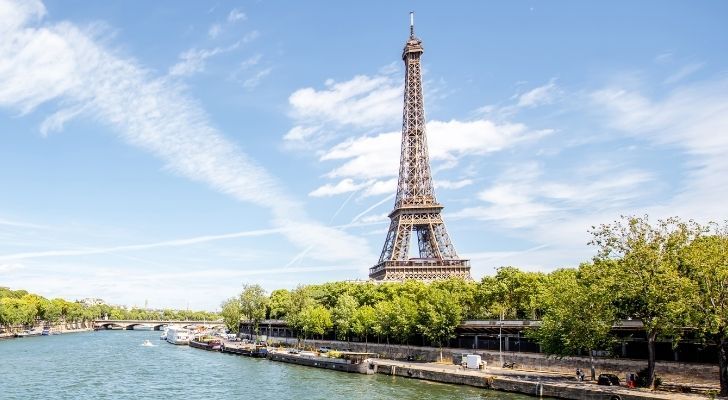
The Eiffel Tower is made of iron, which means it will change colour as the temperature changes.
The iron can shrink by roughly 6 inches (15 cm) in height in cold conditions, making the tower slightly smaller.
The heat causes the iron to grow when the weather is hot, and records show that it has expanded up to 7 inches (18 centimeters) in the past.
To withstand the wind, the Eiffel Tower was built with a hollow structure.
In heavy gusts, the tower does shift 1-3 inches (2.5-7.6 cm) from side to side.
If it’s a hot day, the iron will expand and become more flexible, causing it to move more.
#8. The Eiffel Tower was formerly the largest billboard in the world.
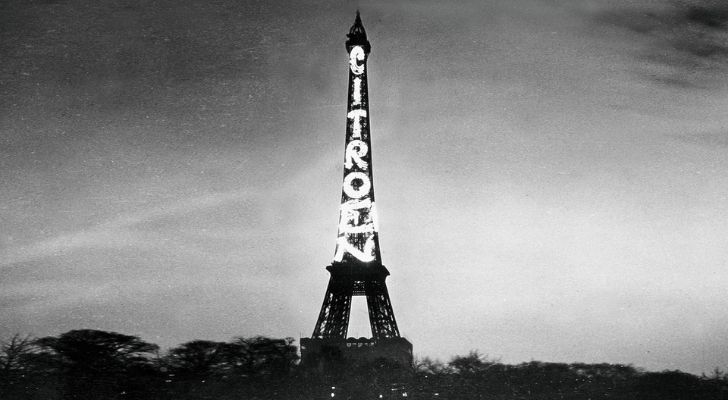
The Eiffel Tower may not appear to be a tower for advertising, but it has served numerous uses throughout its history.
The Eiffel Tower was lighted with 250,000 light bulbs spelling out “Citroen” from 1925 until 1936.
Citroen, a French automobile manufacturer, utilized the Eiffel Tower as a billboard to promote their brand.
Each letter of the logo was illuminated from top to bottom over a 100-foot (30.5-meter) width.
The ad was so bright that it could be seen from a distance of 20 miles (32 kilometers).
After his solo trans-Atlantic flight in 1927, Charles Lindbergh utilized the brilliant lights as a landing beacon.
#9. Nazis attempted to seize control of the Eiffel Tower.
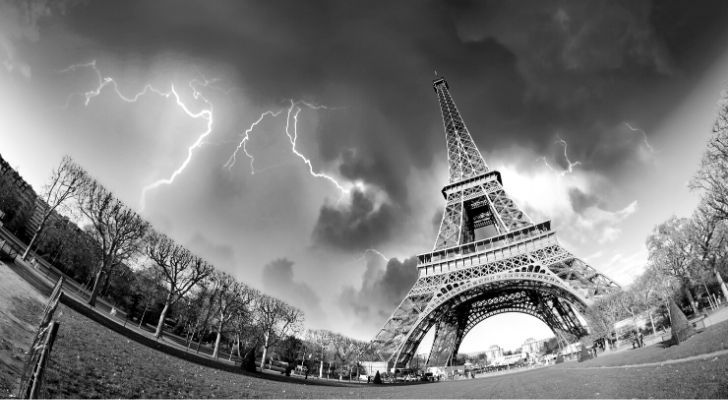
During the German occupation of Paris during World War II, an attempt was attempted to place a Swastika flag.
The tower had already been closed to the public, and the elevator wires had been severed to limit access.
To demonstrate their capture of Paris, Nazis attempted to attach a big Swastika flag to the top of the Eiffel Tower.
The flag was so large that it flew away almost immediately, and it had to be replaced with a smaller flag.
#10. The Eiffel Tower is held together by 2,500,000 rivets.
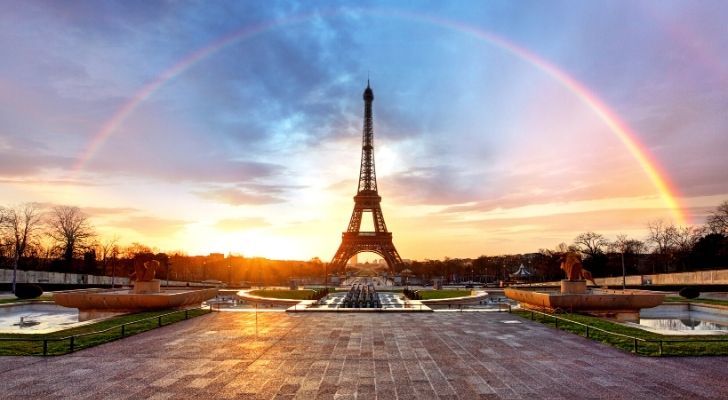
That may seem like a lot, but it’s not surprising for a structure that weights a total of 10,100 tonnes (9,162,565 kg).
During construction, 18,038 iron pieces were employed, and the frame alone weights 7,300 tonnes (6,622,448 kilograms).
2,500,000 rivets held these pieces together.
The tower was a show-stopper, demonstrating the ability to build massive iron structures in a short length of time.
It was groundbreaking at the time since it took only two years, two months, and five days to construct.
#11. It is one of the world’s most visited monuments.
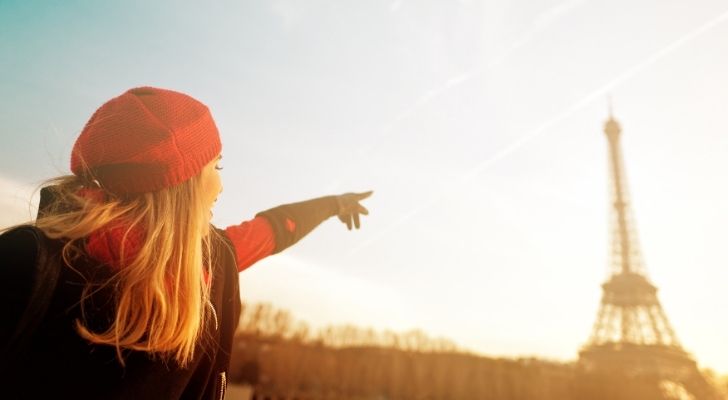
The Eiffel Tower is a world-famous landmark and a symbol of France.
Every year, nearly seven million people visit the Eiffel Tower.
The Eiffel Tower is the most visited paid-for landmark in the world, with around 75% of visitors being foreigners.
The remaining 25% of visitors are French, bringing the total number of visitors to a little under two million to see one of their own national treasures.
#12. It is unlawful to photograph the Eiffel Tower at night.
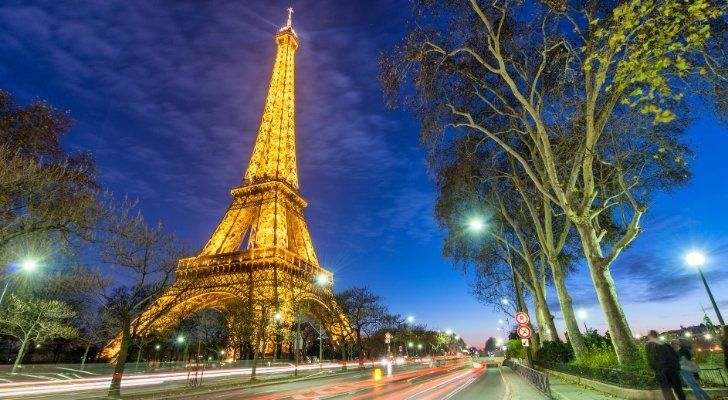
The Eiffel Tower is a work of art, and works of art are subject to copyright laws.
The European Union’s copyright law specifies that a person’s copyright to something is valid for their lifetime and for 70 years after their death.
This means that after 70 years, when the Eiffel Tower’s inventor died in 1923, the tower would be copyright-free.
As a result, the Eiffel Tower picture became copyright-free in 1993, allowing the duplicate to be built in Las Vegas.
However, ornamental night illumination was not installed until 1985.
This means that the copyright is still valid, so photographing the Eiffel Tower after sunset is prohibited.
Although you are unlikely to be prosecuted for taking a midnight photograph of the Eiffel Tower for personal use, you could be charged for a commercial photographer.
The Eiffel Tower is one of the world’s most recognized monuments, and it will undoubtedly be a popular tourist destination for many years to come.
Paris has a reputation for being a romantic city, and the Eiffel Tower has played a role in establishing this image.
Despite the fact that the Eiffel Tower was not designed to be a long-term attraction, it has drawn visitors from all over the world to see its massive structure.
Follow Crispbot on Facebook and Twitter. For the latest news, tech news, breaking news headlines, and live updates checkout crispbot.com

